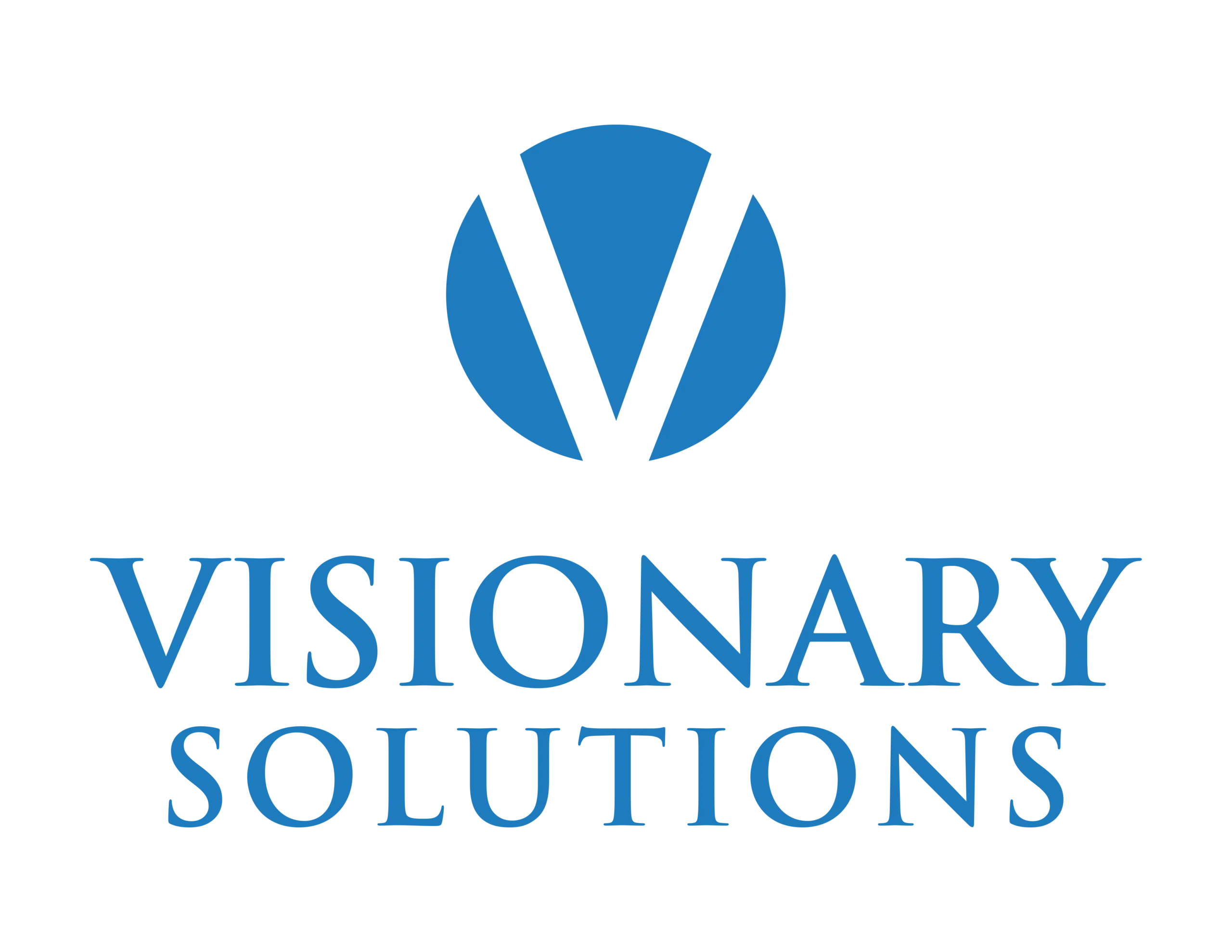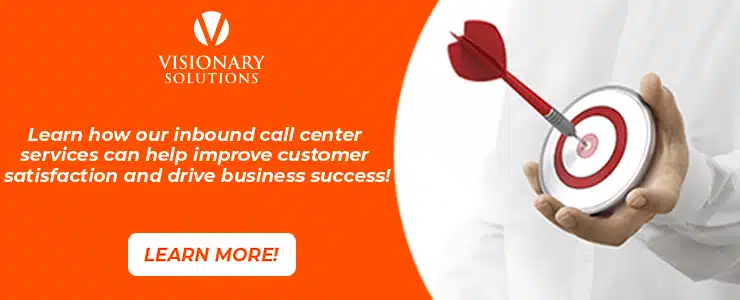Inbound call centers are where customers call a number that they see on the company’s website and speak to an agent. Your aim here is to maximize your return on investment, which usually means hitting a set volume of calls with a set amount of profit for each. For that, there are certain best practices you can put in place to better understand your customers and bring value to them. Here are 10 practices we judge are the most important.
The Inbound Call Strategy
An inbound call strategy is a plan for how to handle inbound calls from customers or clients. This can include things like what kind of greeting to use, how to handle questions or concerns, and how to transfer calls to other departments or employees.
Having an inbound call strategy is important because it helps to ensure that all calls are handled in a professional and consistent manner. It can also help to improve customer satisfaction and reduce the number of missed or dropped calls.
To create an inbound call strategy, start by thinking about the different types of calls you typically receive and what your goals are for each call. For example, if you receive a lot of calls from customers asking for product information, you may want to create a script or set of questions that you can use to gather the necessary information.
How to develop a solid Inbound Call Center strategy
As businesses grow and services expand, call centers can get big fast. If your customer base grows and phone volumes increase, additional teams will have to handle incoming calls. With that, it’s important to understand that Inbound Call Centers need more than a reactive strategy.
In order to develop a solid inbound call center strategy, businesses need to focus on creating an efficient system that can handle a high volume of calls while providing excellent customer service. To do this, businesses need to have a clear understanding of their customer base and what they want from their call center experience. They also need to invest in the right call center technology and train their center agents on how to use it effectively.
By following these steps, businesses can create a strong inbound call center strategy that will help them improve their customer service and increase their bottom line.
Top 10 Best practices to implement as an inbound call center:
Use inbound calling technology
Inbound calling technology can be used to improve an inbound call center’s performance by automating the process of routing calls and by providing tools for call agents to use to improve customer service.
Automated call routing can help to ensure that calls are directed to the right agent, and that calls are not lost or forgotten. Tools such as call recording and call monitoring can help call agents provide better customer service by allowing them to review calls and identify areas where they can improve. In addition, inbound call center software can provide reporting and analytics that can help managers to identify trends and issues.
Intelligent routing is one of the latest inbound calling technologies. It is cloud-based and uses artificial intelligence to route calls. It provides callers with information about the wait time, hold time, and caller ID. These features can help customers to feel that their calls are being answered quickly, and can boost customer retention.
Invest in intensive customer service training
This type of training can help your employees learn how to better handle customer inquiries and complaints, how to de-escalate difficult situations, and how to provide high-quality customer service. While it may require a financial investment, the benefits of improved customer satisfaction and increased sales can make it well worth the cost.
Create buyer personas of your ideal customer
Buyer personas are fictional representations of your ideal customers. They help you understand your customers better, so you can create better content, products, and services that appeal to them.
When used in an inbound call center, buyer personas can help agents understand the needs and wants of their customers. This understanding can then be used to improve the quality of customer service.
By catering to the specific needs of each persona, call center agents can provide a more personalized and tailored experience that leads to happier customers.
Choose and focus on the right key performance indicators
There are a few key inbound call center metrics that are important to track in order to ensure efficient and effective operations. These include:
– Average handle time: This is the average amount of time it takes for a call center agent to complete a customer interaction, from start to finish. This metric can be used to gauge agent productivity and efficiency, as well as identify areas of improvement.
– Abandonment rate: This is the percentage of calls that are abandoned by customers before they are answered by an agent. A high abandonment rate can indicate that customers are not able to get through to an agent on time, or that the call center is not meeting customer expectations.
– First call resolution rate: This is the percentage of calls that are resolved on the first contact with the customer. A high first call resolution rate indicates that agents are able to effectively solve the customer’s problem and move them to a solution right away.
Inbound call center metrics can additionally help managers track and identify trends in customer behavior, call volume, call handling times, and agent performance. Which will facilitate setting goals and objectives for the inbound call center and measuring progress towards those goals.
Diversify your inbound “call” channels
There are a number of ways to diversify inbound call channels. A very common one is to add an online chat option. This will allow customers to chat with a representative in real-time and can help to resolve issues more quickly.
Additionally, you can add an email or ticketing system which allows customers to send in questions or concerns and helps keep track of all customer interactions.
Finally, you can add a social media presence. This will allow customers to reach out to you on platforms such as Twitter or Facebook.
By diversifying your inbound call channels, you will be able to better meet the needs of your customers and will provide them with a faster and more positive experience.
Perform a root cause analysis
When a problem or issue arises in an inbound call center, it is important to quickly identify and address the root cause of the issue in order to prevent it from happening again in the future. To do this, a root cause analysis (RCA) can be performed.
It is the process of identifying the underlying cause of a problem so that it can be solved and prevented from happening again.
There are many different ways to perform a root cause analysis, but one common method is the 5 Whys technique. This involves asking why the problem occurred five times in order to get to the root cause of the issue. For example, if a customer is complaining about a long wait time, the first question would be “Why was the customer on hold for a long time?”. Possible answers to this could be that there were not enough staff available to take calls, or that the call volume was high. The second question would then be “Why were there not enough staff available to take calls?” and it goes on like this until there are no more questions to ask.
In an inbound call center context, the root cause analysis will help you identify the underlying reasons for customer issues and address them accordingly. You can then improve your overall customer satisfaction levels and reduce the number of repeat calls.
Gain intelligent insights with artificial intelligence
In an inbound call center, AI can be used to analyze customer call data to identify patterns and trends. This information is useful for improving the call center’s operations, such as by increasing staffing during times of high call volume.
Additionally, AI can be used to monitor calls in real-time and provide agents with instant feedback. This feedback can then help agents improve their performance and better meet the needs of customers.
AI can also be used to create a virtual assistant for the call center. This assistant can handle simple tasks, such as routing calls, and can free up agents to handle more complex issues.
Increase employee engagement
Employee engagement is critical to the success of any inbound call center strategy. Engaged employees are more productive, have better attendance, and are more likely to stay with their company.
In an inbound call center, employee engagement can be increased by a number of methods. First, it is important to identify what factors are causing disengagement and the high turnover rate. Once these factors are identified, center managers can put policies and procedures in place to address them.
Inbound call center work can be repetitive and monotonous. To combat this, center managers can provide employees with opportunities for training and development. This can include cross-training employees in other areas of the call center, sending employees to conferences or seminars, or offering tuition reimbursement for courses related to the contact center industry.
Additionally, employees who feel appreciated by management are more likely to be engaged in their work. Simple gestures such as saying “thank you” or providing employees with positive feedback and gratitude can go a long way in creating a positive work environment.
Ensure proper scheduling for effective customer relationship management
Scheduling for customer relationship management (CRM) in an inbound call center is a complex task that must take into account a variety of factors, including the nature of the calls, the skills of the agents, the availability of resources, and the needs of the customers.
The best scheduling for effective customer relationship management will vary depending on the specific needs of the business and its customers. However, some tips on creating an effective customer relationship management schedule include:
– Establish weekly check-ins with your team. This is a time to review center performance, set goals, and give feedback.
– Encourage your team to keep track of their interactions with customers. This will help you identify patterns and areas for improvement.
– Set aside time each week to review customer feedback. This will help you stay on top of customer needs and wants.
– Ensure that there is regular communication with customers, providing customer service at convenient times, and offering a variety of channels for customer support.
Assist customers to help themselves: “self-serve” methods of support
Many inbound contact centers offer “self-serve” methods of support, which allow customers to find answers to their questions without having to speak to a customer service representative. These methods can include a searchable knowledge base, FAQs, and online chat.
Self-serve methods of support can be beneficial for both customers and call center staff. Customers can often find the answers they need more quickly and easily than if they had to wait on hold for a customer service representative. And, providing self-serve options can free up customer service representatives to handle other tasks, or to provide support to customers who are unable to resolve their issues on their own.
The company can also save on labor costs this way. Self-serve methods can often provide a quicker and more efficient resolution to customer issues.
Looking for an Inbound call center in Miami?
With Visionary Solutions increase your bottom line, ROI, and overall customer satisfaction with a trusted call center partner
Our highly trained agents provide a full suite of services. We’re always equipped and ready to handle your B2B or B2C campaigns.




